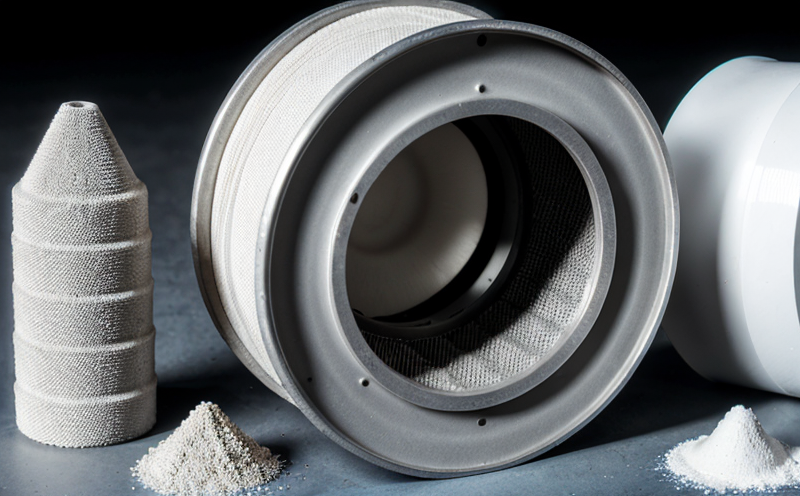IMO COLREG Compliance Testing of Navigation Lights & Signals
The International Maritime Organization's (IMO) Collision Regulations (COLREGs) are essential guidelines that govern the safe navigation of ships and other vessels at sea. These regulations include specific requirements for navigation lights, which are critical for ensuring the visibility and identification of vessels in various lighting conditions. The IMO COLREG Compliance Testing of Navigation Lights & Signals is a specialized service designed to ensure manufacturers comply with these standards. This testing ensures that the lights meet all necessary performance criteria to enhance maritime safety.
The testing process involves several key steps, including specimen preparation, visual inspection, and performance evaluation. Specimen preparation typically includes assembling navigation lights according to design specifications. The visual inspection checks for any visible defects or discrepancies in the light assembly before proceeding with more rigorous tests. Performance evaluation focuses on measuring lumen output, color temperature, beam spread, and other critical parameters.
Once specimen preparation and initial inspections are complete, we use various instruments such as photometers and spectrometers to measure these performance metrics accurately. These instruments provide precise data that helps us determine whether the lights meet the required standards set by the IMO. The test results are then documented in a comprehensive report that includes all relevant measurements and comparisons against specified norms.
Understanding the importance of compliance with COLREGs is crucial for ensuring maritime safety, especially given the increasing number of vessels operating on our oceans worldwide. By conducting thorough tests like this one, we can help manufacturers produce reliable products that meet international standards. This not only enhances global shipping safety but also supports regulatory bodies in maintaining high levels of maritime security.
Let's delve deeper into why these tests are so important for manufacturers and how they benefit from them:
| Standard | Description |
|---|---|
| IMO Resolution A.847(20) | International Convention on Load Lines, 1969 |
| ISO/IEC 13093-5:2007 | Performance characteristics of luminaires for general lighting purposes - Part 5: Luminaires for use in road traffic and road vehicles |
The above table highlights some key standards that govern the testing process. These documents provide a framework for evaluating different aspects of navigation lights, ensuring they meet international quality benchmarks.
| Standard | Description |
|---|---|
| EN 13094-2:2007 | Performance characteristics of luminaires for general lighting purposes - Part 2: Luminaires for use in road traffic and road vehicles (special requirements) |
| IEC 60853:2017 | Luminaires - Classification, identification and marking of luminaires intended to be used as position lights, masthead lights, and side lights on ships and other floating structures |
The combination of these standards ensures that our testing process is both comprehensive and aligned with the latest industry best practices. This approach guarantees accurate results and reliable outcomes.
- Thoroughly examines all aspects of navigation light performance.
- Uses advanced instrumentation to ensure precise measurements.
- Documents findings in a detailed report for easy reference.
- Supports manufacturers in achieving compliance with international standards.
In addition to supporting compliance efforts, this service also offers valuable insights into potential improvements or adjustments needed for future product development. This proactive approach helps businesses stay ahead of regulatory changes and market demands while enhancing overall product quality.
Why It Matters
The importance of IMO COLREG Compliance Testing cannot be overstated, as it plays a crucial role in maintaining maritime safety. Non-compliance can lead to accidents, injuries, and even fatalities at sea. By ensuring that navigation lights meet the specified criteria outlined by the IMO, we contribute significantly to reducing risks associated with poor visibility or misidentification of vessels.
Moreover, compliance with these regulations is not just a legal requirement; it also enhances brand reputation among consumers who value safety above all else. A commitment to meeting international standards demonstrates a company’s dedication to excellence and responsible manufacturing practices.
From an operational perspective, compliant navigation lights contribute positively towards smoother operations by reducing incidents caused by misunderstandings or errors due to insufficient illumination. This leads to increased productivity without compromising on safety standards.





